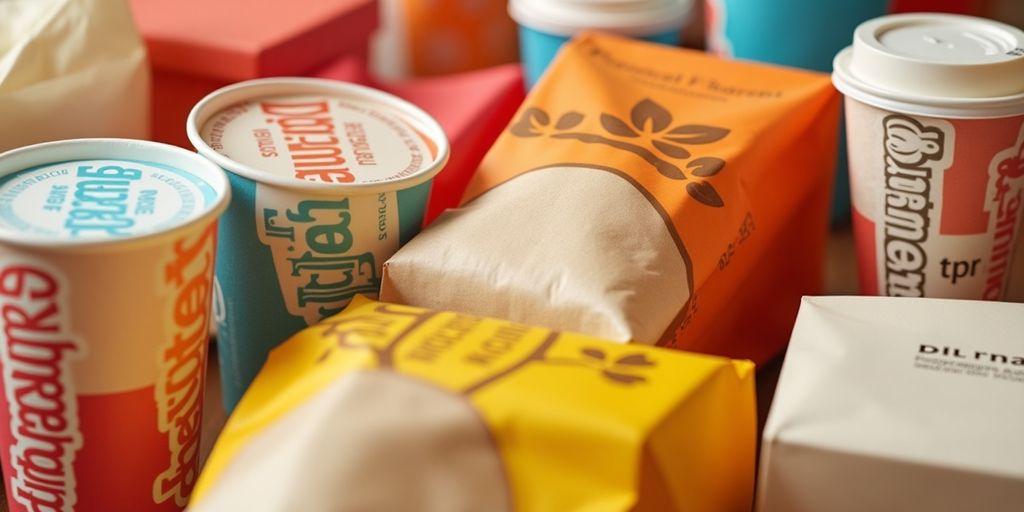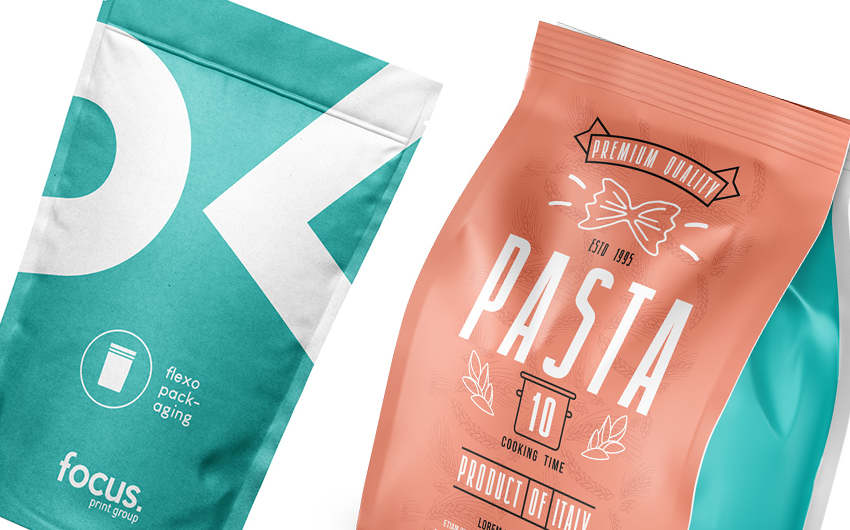The packaging industry is rapidly evolving, with a growing emphasis on safety and sustainability. One of the significant considerations in this domain is the adoption of food safe ink. However, the transition to these inks is not without its challenges. As marketing professionals, understanding these hurdles is crucial to making informed decisions that align with consumer safety and brand reputation. This article delves into the various challenges in food safe ink adoption and explores potential solutions.

Understanding Food Safe Ink
Food safe ink is designed to be non-toxic and safe for use on packaging materials that come into contact with food. These inks are formulated to prevent chemical migration from the packaging to the food, ensuring consumer safety. Despite their advantages, the journey to widespread adoption is fraught with challenges.
The Importance of Food Safe Ink
Ensuring the safety of food packaging is paramount. With increasing consumer awareness about health and safety, brands must prioritize the use of food safe ink to maintain trust. The implications of not using such inks include potential health risks and damage to brand reputation.
Regulatory Challenges
One of the primary challenges in food safe ink adoption is navigating the complex web of regulations. Different countries have varied standards and requirements for what constitutes a food safe ink. Companies must ensure compliance with these regulations, which can be time-consuming and costly. For more on regulatory standards, check out this informative guide.
Cost Implications
The cost of developing and implementing food safe ink solutions is another significant challenge. These inks are often more expensive than traditional inks, impacting the overall cost of production. Companies must weigh the benefits of using food safe ink against the financial implications.
Technical Challenges
From a technical standpoint, food safe ink must meet high-performance standards. They must offer the same vibrancy, durability, and print quality as conventional inks. Achieving these standards while ensuring safety can be technically challenging. Learn more about inks for metal food packaging.
Consumer Perception
Consumer perception plays a vital role in the adoption of food safe ink. Companies must effectively communicate the benefits of these inks to consumers, highlighting their commitment to safety and quality. Building consumer trust can drive higher adoption rates.
Sustainability Concerns
Many food safe inks are developed with sustainability in mind. However, ensuring that the inks are both environmentally friendly and safe for food contact is a complex task. Balancing these factors is essential for companies aiming to be seen as responsible and forward-thinking.
Potential Solutions to Overcome Food Safe Ink Challenges
Investing in Research and Development
Investing in research and development is crucial for overcoming technical challenges. By developing innovative solutions, companies can create food safe inks that meet high standards without compromising on quality or safety.
Collaborative Efforts
Collaboration within the industry can lead to better solutions. By sharing knowledge and resources, companies can collectively address the challenges associated with food safe ink adoption.
Regulatory Harmonization
Efforts to harmonize regulations across countries can simplify the adoption process. By working towards unified standards, companies can more easily comply with regulations and reduce associated costs.
Educating Consumers
Educating consumers about the benefits of food safe ink is vital. Companies can use marketing campaigns to inform consumers about how these inks contribute to safety and sustainability. Explore insights on marketing food safety.
Conclusion
While the challenges in food safe ink adoption are significant, they are not insurmountable. By understanding and addressing these challenges, companies can ensure their packaging meets both safety and consumer expectations. The journey towards widespread adoption of food safe inks is a step towards a safer, more sustainable future.

FAQs
What are food safe inks?
Food safe inks are specially formulated inks that are safe for use on packaging materials that come into contact with food. They prevent chemical migration to ensure consumer safety.
Why are food safe inks more expensive?
Developing food safe inks involves advanced formulations and testing to ensure safety and quality. This process can increase production costs compared to traditional inks.
How can companies overcome regulatory challenges?
Companies can overcome regulatory challenges by staying informed about international standards and working towards compliance. Collaborative efforts within the industry can also aid in navigating these challenges.
This article contains affiliate links. We may earn a commission at no extra cost to you.






